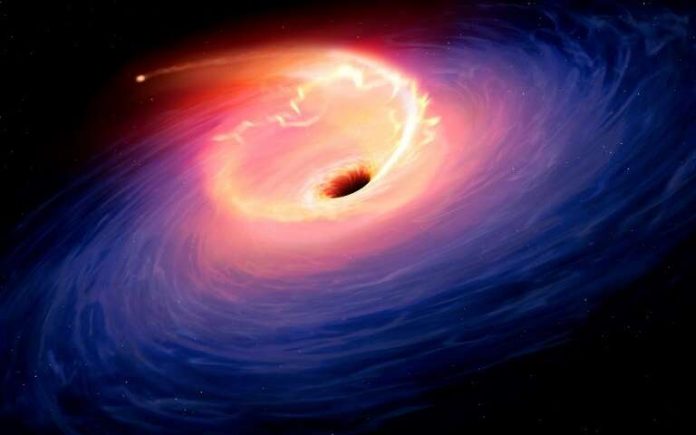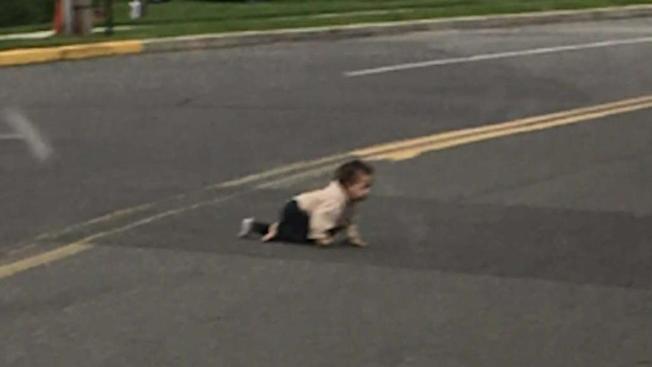Scientists are expected to unveil the first-ever photograph of a black hole this week.
If they do, it will mark a major breakthrough in astrophysics and could provide new insight into the giant celestial monsters.
Here’s what we know about the announcement so far.
When will it happen?
The US National Science Foundation says it will announce during a press conference “a groundbreaking result” from the Event Horizon Telescope (EHT) project.
The announcement is scheduled to take place on April 10 at 9:00am (Washington time), which will be Wednesday night in Australia.
Simultaneous news conferences are also scheduled in Brussels, Santiago, Shanghai, Taipei and Tokyo.
What will be unveiled?
Scientists from the EHT project are keeping tight-lipped about their findings, but it’s widely expected they will show at least one photo of a black hole.
The project was formed seven years ago with the aim of directly observing the immediate environment of a black hole.
“It’s a visionary project to take the first photograph of a black hole. We are a collaboration of over 200 people internationally,” the project’s director, astrophysicist Sheperd Doeleman, said at an event in March.
To do so, the scientists linked a series of radio telescope dishes across the globe to create “a virtual Earth-sized telescope”.
The researchers then targeted two supermassive black holes.
The first — called Sagittarius A* — is situated 26,000 light years from Earth at the centre of our own Milky Way galaxy, and is 4 million times the mass of our Sun.
A light year is the distance light travels in a year: 9.5 trillion kilometres.
The second — called M87 — resides 54 million light-years away from Earth at the centre of the neighbouring Virgo A galaxy, with a mass 3.5 billion times that of the Sun.
The first data was then obtained in April 2017.
What might the photos show us?
Black holes form when very massive stars collapse at the end of their life cycle. Supermassive black holes found in the centre of galaxies are the largest type of black hole and are thought to grow when black holes created by collapsing stars merge and vast amounts of matter accumulate.
They are extraordinarily dense entities and have gravitational fields so intense no matter can escape being sucked in, including stars, planets, gas, dust and light.
The fact that black holes do not allow light to escape makes viewing them difficult.
So the scientists are instead looking for the ring of light around the black hole — the radiation and matter circling at tremendous speed around the edge of the event horizon.
How sharp will the images be?
The scientists behind the EHT project said they would aim to capture a razor-sharp image, but warned it wouldn’t be easy.
“The quality of the images depends on the arrangement of the telescope array, weather conditions at the telescope sites, as well as blurring of images as the light travels from the black hole toward the Earth,” the project’s website says.
What could this mean for space science?
The research will put to the test one of the pillars of science — physicist Albert Einstein’s theory of general relativity — according to University of Arizona astrophysicist Dimitrios Psaltis, project scientist for the EHT.
That theory, put forward in 1915, was intended to explain the laws of gravity and their relation to other natural forces.
“The shape of the [black hole’s] shadow will be almost a perfect circle in Einstein’s theory,” Dr Psaltis said.
“If we find it to be different than what the theory predicts, then we go back to square one and we say, ‘Clearly, something is not exactly right’.”













